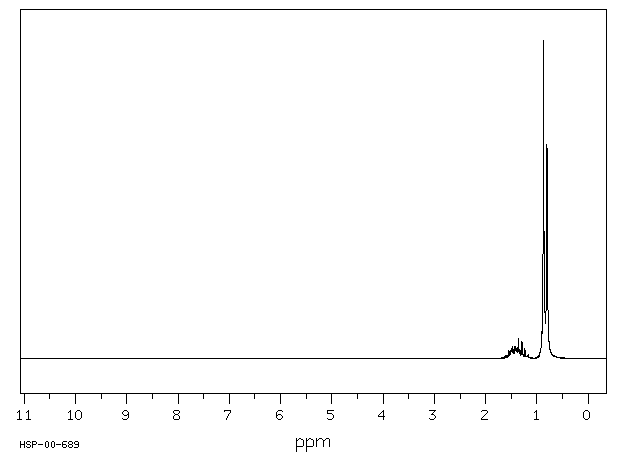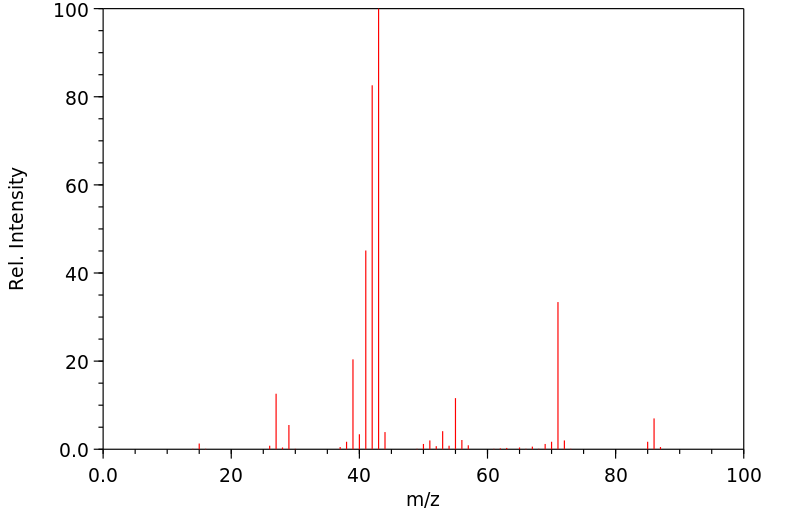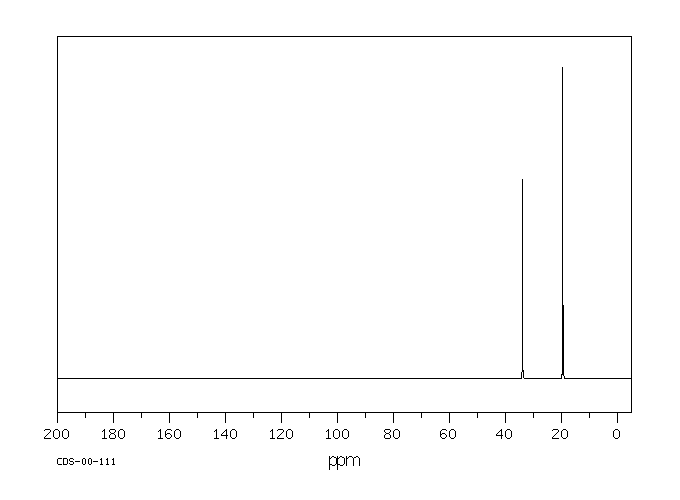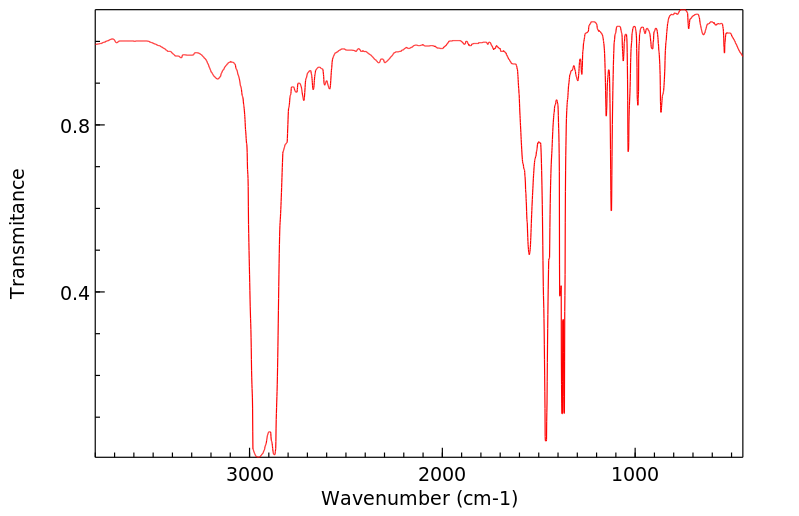代谢
己烷主要通过吸入进入人体,因为肺部能够轻易吸收它。己烷通过血液在全身分布,并在肝脏中被混合功能氧化酶代谢成多种代谢物。最初的反应是通过细胞色素P-450同工酶将己烷氧化为己醇,主要是2-己醇。进一步的反应将2-己醇转化为2-己酮、2,5-己二醇、5-羟基-2-己酮、4,5-二羟基-2-己酮以及神经毒素2,5-己二酮。己烷的代谢物通过尿液排出,而未改变的己烷则通过呼出的空气排出。
Hexane is mainly absorbed via inhalation, as it is readily absorbed by the lungs. It is distributed throughout the body in the blood, and metabolized by mixed function oxidases in the liver to a number of metabolites. The initial reaction is oxidation by cytochrome P-450 isozymes to hexanols, predominantly 2-hexanol. Further reactions convert 2-hexanol to 2-hexanone, 2,5-hexanediol, 5-hydroxy-2-hexanone, 4,5-dihydroxy-2-hexanone and the neurotoxicant 2,5-hexanedione. Hexane metabolites are excreted in the urine, while unchanged hexane is excreted in expired air. (L175)
来源:Toxin and Toxin Target Database (T3DB)










